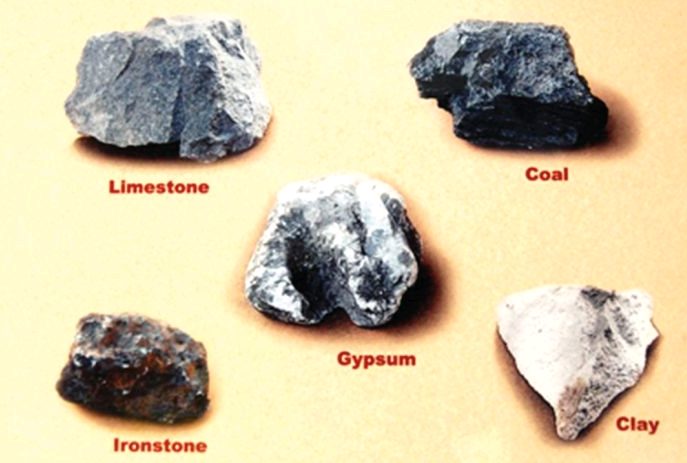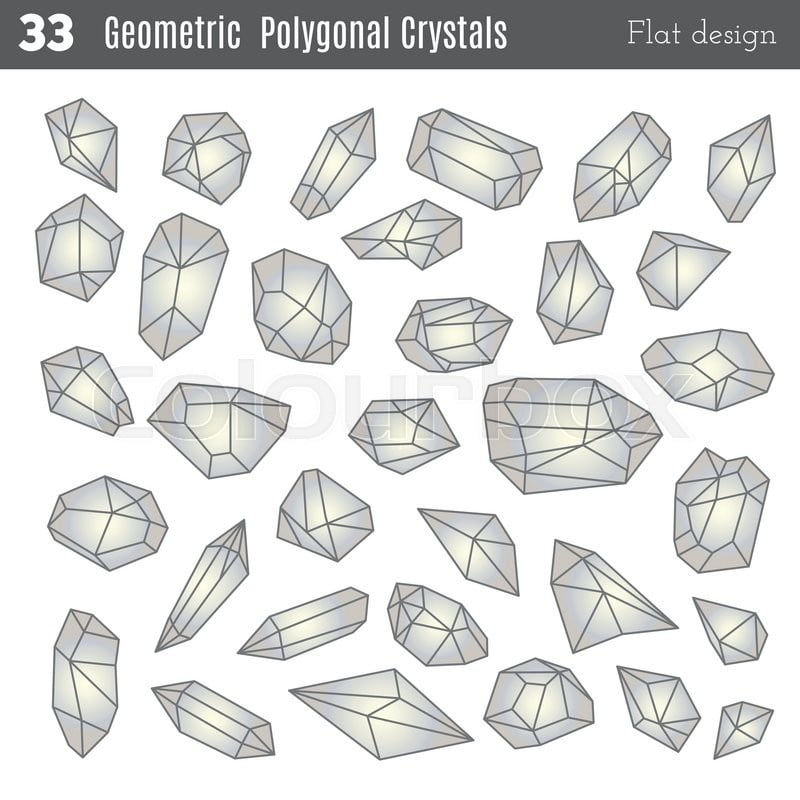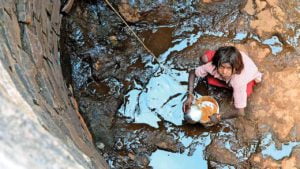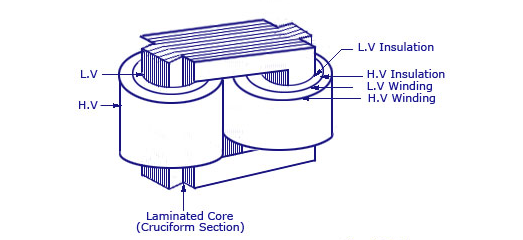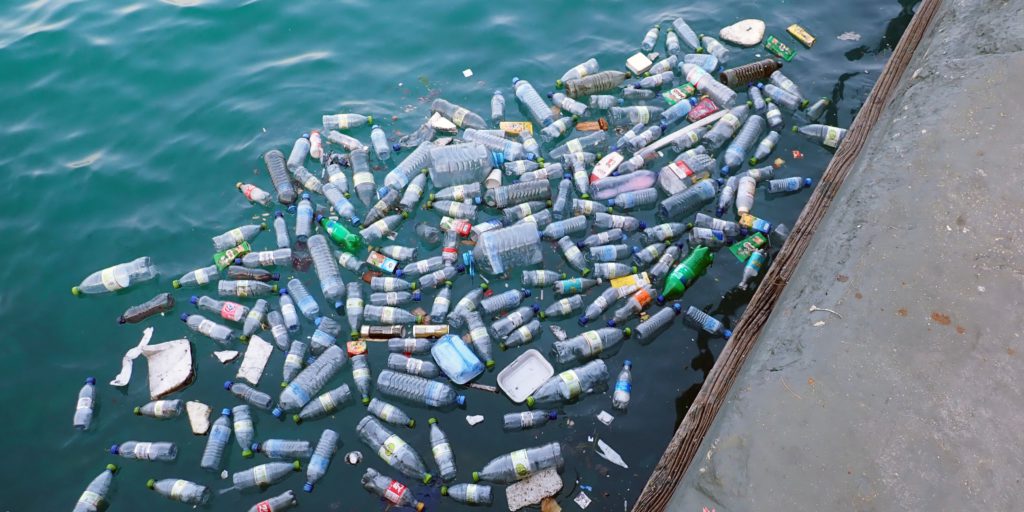Glasses are a non-crystalline, mostly transparent amorphous material that has several practical, technical, and ornamental applications such as window panes, dinnerware, and optics. Glass is classified as an amorphous solid, a form of matter that exists between two states, because it lacks the organised molecular structure of genuine solids, but its irregular structure makes it too stiff to be classified as a liquid. Furthermore, glass has no thermal or electrical conductivity and it does not react with well recognised chemical substances. In this article, we will look at the manufacturing process of glass and the different types of glass available for human use.
Manufacturing Process of Glass
The manufacturing process of glass consists of 5 steps, which are as follows:

Raw Material Batching
The primary raw materials, which include silica sand, soda, calcium oxide, and magnesium, are weighed and blended into batches to which recycled glass (cullet) is added. The usage of ‘cullet’ minimises energy consumption. Machines test and sort the raw materials for eventual blending.
Melting of Raw Materials in the Furnace
From a mixing silo, the batched raw materials are transferred to a five-chambered furnace and melted. The furnace can achieve temperatures of up to 1600°C.
Drawing the Molten Glass onto the Tin Bath
At around 1000 degrees Celsius, liquid glass runs over a sprout and floats over the surface of a small pool of molten tin. Because the glass is quite viscous at this point, it does not react with the liquid tin, resulting in a flat glass ribbon. The spread speed determines the thickness of this ribbon while edge rollers maintain their breadth. The glass ribbon then exits the float tank at 600 degrees Celsius. Through this method, manufacturers can create ribbon thicknesses ranging from 1.9mm to 19mm.
Cooling of the Molten Glass in the Annealing Chamber
After leaving the bath of molten tin, the glass is cool enough to enter an annealing chamber known as a lehr. Here, the temperature of the glass gradually decreases to 250 degrees. This is done because the cooling process creates significant strains in the glass sheet that may cause it to crack beneath a cutter.
The glass is now hard enough to pass over rollers, allowing it to be cut and manipulated in a predictable manner and ensuring the glass’s flatness. The final product does not require grinding or polishing as both sides are fire finished.
Quality checks, Automated Cutting, and Storage
Once the glass cools, it is subjected to stringent quality tests. Then, large machines slice the glass into sheets of sizes ranging up to 6000mm x 3660mm.
For more information, look at the document below.
Classification of Glass
In general, glass is classified into two types: natural glass and manufactured glass. Natural glass is formed by natural processes. In fact, volcanic eruptions are responsible for the formation of natural glass. Tektites (meteorite impact) and fulgurites are two further types of natural glassware (lightning impact). On the other hand, melting numerous raw materials together makes manufactured glass. Silicate glasses are a good example of manufactured glass.
Types of Glass
Flat Glass
Windows and glass doors are examples of flat glass. It is the fundamental initial output of the glass-making via the float process. It has a consistent thickness and serves as the foundation for more sophisticated varieties of glass through subsequent processing. This glass breaks into lengthy fragments and is widely used in double-glazing after additional treatment.
This sort of glass is the foundation of many popular things we see today, such as windscreens, home windows, bus stops, electronics, appliances, and many more.
Toughened Glass
Francois Barthelemy Alfred Royer de la Bastie, a Frenchman, patented toughened glass in 1874. This type of glass has the advantage of being significantly more resistant to breakage. Because the cooling process of toughened glass provides counteracting forces, if it does break, it will shatter into small, square fragments rather than shards, thus, reducing the chance of harm.
Sandblasting the surface of glass gives it a transparent milky-white look, making it a common technique for shower doors or front doors. This technique may also be used to make designs on a complete sheet of glass, or it can be used to generate patterns on a sand-resistant surface.
Patterned Glass
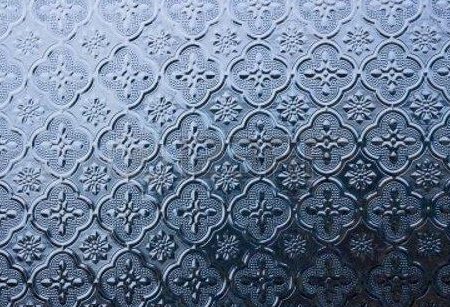
Manufacturers make patterned glass by passing hot glass through rollers with a regular pattern engraved on it. Several bathrooms, doors and window designs utilize this type of glass. The Chance brothers from Yorkshire pioneered the use of machine rolling to manufacture patterned glass in 1888.
Laminated Glass
When French scientist Edouard Benedictus accidentally knocked over a lab flask, he discovered it did not shatter owing to the remnant of nitrate cellulose left on the interior. This incident gave rise to laminated glass. Laminated glass is a popular choice for greater security, such as front doors, store display fronts, or automobile windscreens. Because an interlayer holds laminated glass together, it does not shatter on contact, thus, decreasing the likelihood of break-ins and any risks created by shattered glass fragments. People use this glass in storefronts, curtain walls, and front doors.
Mirror Glass
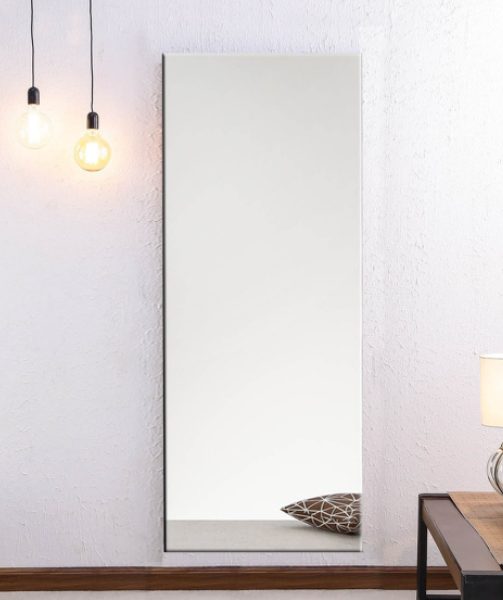
Mirrored glass is one of several varieties of glass that are available. Mirrored glass is just a mirror. It comes in a variety of sizes, from little bathroom mirrors to full-length wardrobe doors. Manufacturers create this type of glass by applying a metal coating on one side of the glass, generally silver, chrome, gold, or aluminium.
Coated Glass
Coated glass is flat glass that has been treated to provide certain properties, such as insulating and infrared resistance. Applying a coating on glass can assist improve the thermal efficiency of houses and in turn, help reduce energy expenses.
Tinted Glass
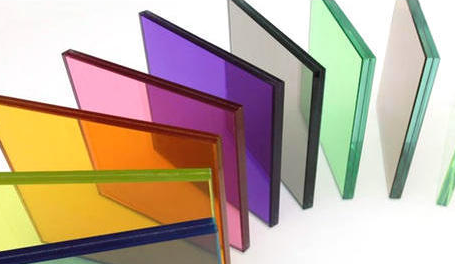
If privacy is an important factor then tinted glass is used. Although tinted glass keeps prying eyes away, it allows sufficient natural sunlight to pass through while decreasing the discomfort of the sun’s glare. Tinted glass can also reduce the number of dangerous UV rays that pass through, benefiting the entire family’s health. The deeper colour of this type of glass is due to the presence of small quantities of metal oxides.
Sandblasted Glass
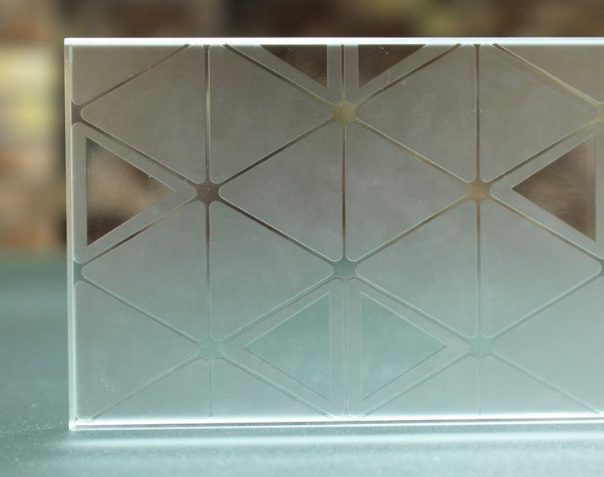
Sandblasted glass, also known as frosted glass, works by scattering light that travels through it, blurring the appearance of the picture on the other side. This type of glass strikes the ideal mix between beauty and privacy. Manufacturers blast the glass with an abrasive substance under high pressure to produce its misty appearance. This frosted appearance provides privacy and thus, people use it in bathrooms, shower doors or front doors. It may also be crafted into ornamental glass panes to improve interior design.
Soda-lime Glass
This is the most abundantly available type of glass. A typical soda-lime glass comprises of 71 to 75 per cent sand (SiO2), 12 to 16 per cent sodium bicarbonate (Na2O), 10 to 15% lime (CaO), and trace amounts of additional ingredients such as colours. Furthermore, it is simple to clean because soda-lime glass is light permeable and has a smooth, fine-pored surface. It also expands rapidly when exposed to heat, so use caution when pouring hot water into a soda-lime glass container. Some objects made from soda-lime glass include bottles, food jars, basic drinking glasses, and sheet glass.
Crystal Glass
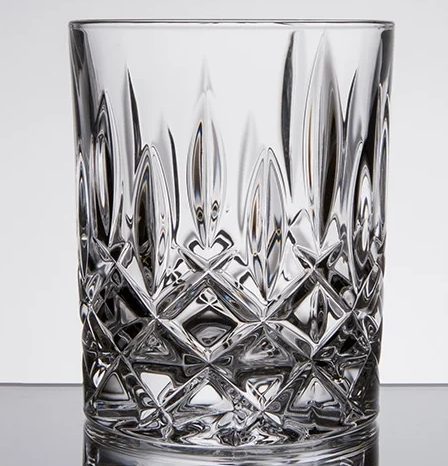
Because of its high refraction index, crystal glass appears stunning when sliced. People utilise crystal glass to manufacture drinking glasses, vases, bowls, ashtrays, and beautiful decorations in our daily life. This glass consists of 54 to 65 per cent sand, 13 to 15 per cent alkali oxide, and a variety of other oxides. Lead crystal glass is glass that contains more than 18 per cent lead oxide. However, glass manufacturing no longer utilises lead oxide. I
Borosilicate Glass

Sand accounts for 70 to 80 per cent of the weight of borosilicate glass. Boron trioxide accounts for 7 to 13% of the total, sodium and potassium oxide account for 4% to 8%, and aluminium oxide accounts for 2% to 7%. This glass is very resistant to chemicals and temperature fluctuations. As a result, chemical manufacturing labs, ampoules and bottles stored medications and packaged injectables, commonly utilize this glass. In addition, borosilicate glass is used at home for baking and “heatproof” cookware.
Water Glass
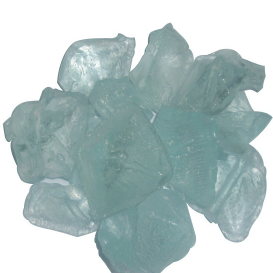
Manufacturers produce water glass by heating sodium carbonate with silica to form the chemical sodium silicate (Na2Si03). This substance dissolves in water.
Photochromatic Glass

This is a form of glass that becomes black when exposed to bright light. As a result, light protectors and eye relievers, eye lenses and goggles use this glass. The presence of silver iodide is the primary cause of such glasses’ blackness.
Xena Glass
Chemical containers and scientific equipment use this glass. It mostly contains zinc and barium borosilicate, which results in a soft, and high-quality glass.
Flint Glass
This type of glass consists of sodium, potassium, and lead silicates. People commonly use it to make idols as well as expensive glass equipment or machines. They are also employed in the manufacture of electric bulbs, telescopes, cameras, microscopes, and prism lenses.
Crookes Glass
This glass mostly contains cerium oxide (CiO2), which absorbs UV wavelengths from sunlight. People use it to make eyeglass lenses.
Quartz Glass
Also known as silica glass, manufacturers produce quartz glass by melting silica and allowing UV light to pass through it. UV bulbs, chemical reagent containers, laboratory equipment etc, are some uses of quartz glass.
Low -E Performance Glass
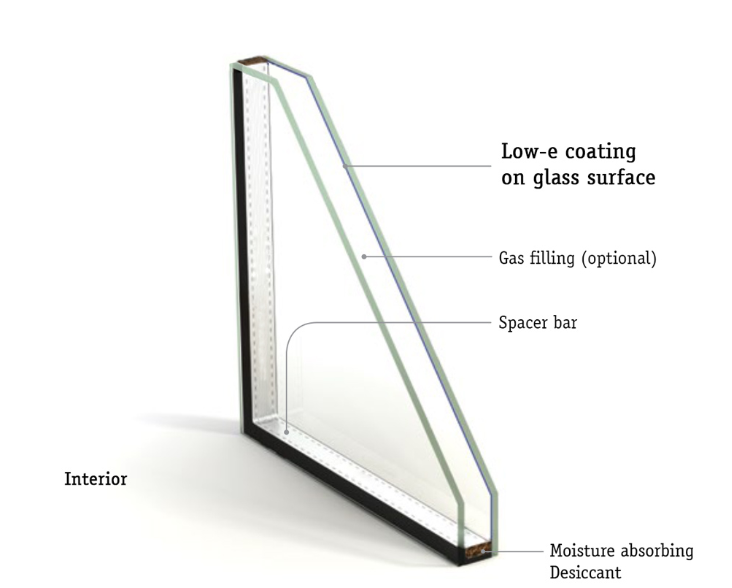
UV and infrared radiation can cause skin cancer and other health problems, which is why it is critical to limit your exposure to them. Installing Low-E glass or low-emission glass windows and sliding doors is one method to do this. Only visible light travels through this sort of glass. In other terms, it prevents UV rays and infrared rays from passing through it, ensuring that you are safe.
Glass With Solar Control
While light entering certain areas of the home might be beneficial, light in other areas can be detrimental, making it difficult to sit in that space when it becomes too hot. In such instances, getting sun control glass is the best option. This is a specific form of glass with an oxide coating. The coating prevents the sun’s rays from entering your home by bouncing them off the surface of the glass. The major role is to keep heat from accumulating.
Low-E Solar Glass
This glass has the same solar coating as solar control glass and is Low-E glass. Therefore, the heat from the sun will be reflected off the surface rather than accumulating indoors. Furthermore, it helps prevent UV and infrared radiation from entering your house. This type of glass is a wonderful choice for parts of the house that must be well-lit and in continual usage.
Final Thoughts
Glasses are of many different types. These glasses may be decorative or have a protective function. Glass’s power shows no signs of diminishing. In fact, in the future, researchers expect to achieve significant advancements in touch displays, self-tinting windows, and indestructible glass. This implies that in future, there may be more types of glass, than the ones mentioned above.
FAQs
Which glass is the most powerful?
Tempered glass is the most powerful type of glass. Manufacturers create this type of glass using regulated thermal or chemical treatment techniques. When compared to typical ‘plate glass,’ the procedures used in its manufacture improve its robustness.
The exterior surface tends to contract when tempered, at the same time, the inner surface becomes tensile, allowing the glass to resist breaking. Therefore, it does not shatter like old-fashioned annealed glass, but it crumbles to fine granular bits that can not cause harm. People use toughened glass in a variety of applications, including shower doors, automobile windows, architectural glass windows and doors, refrigerator doors, diving masks, and more.
What are the uses of glasses in the construction industry?
People use glass in several places. For example, windows, skylights, flooring, aquariums, bridges, stain proof, aesthetics, ICUs, insulations, conference rooms, wall constructions, fire-resistant doors, and mobile screen protectors use glass.
How do manufacturers colour glass?
When glasses are made, the different components or constituents in the molten or fused state are sometimes changed or extraneous substances such as metallic oxides are added. These changes make the glasses coloured. Various compounds that are readily available also generate varied colours in the glasses. For example, ferric oxide added to molten glass produces a brown-coloured product. Similarly, chromic oxide, manganese dioxide, cobalt oxide, and other chemicals, give rise to green, red, and blue coloured glasses. The table below lists all the substances used for making coloured glass.
| Substance used for colouring the glass | Colour of glasses |
| Sodium Chromate or Ferrous Oxide | Green |
| Cobalt Oxide | Deep Blue |
| Cuprous salt | Red |
| Selenium Oxide | Orange-red |
| Ferric Salt or Sodium Uranet | Fluorescent Yellow |
| Potassium dichromate | Green and green yellow |
| Gold Chloride or Purple of Cassias | Ruby red |
| Cadmium sulphide | Yellow like lemon |
| Carbon | Brownish black |
| Cuprous Oxide, Cadmium Sulphide | Glitter red |
| Cupric salt | Peacock Blue |
| Manganese dioxide | Blue to light orange |
| Cuprous salt | Red |
What exactly is safety glazing?
Safety glass refers to glass with added safety characteristics that make it less likely to break or become a hazard if broken. These include the following types of glasses:
Laminated Glass
Laminated glass is a form of safety glass that remains intact even after it has been smashed. In the case of a break, it is held together by an interlayer, commonly made of polyvinyl butyl (PVB), which is sandwiched between two or more layers of glass. The interlayer maintains the link between the layers of glass even when shattered and prevents the glass from breaking into huge sharp fragments. When the impact is not strong enough to entirely puncture the glass, this results in a distinctive “spider web” fracture pattern.
Tempered Glass
Tempered glass is a form of safety glass that has been strengthened by regulated thermal or chemical treatments as compared to regular glass. Tempering provides balanced internal tensions, causing the glass to crumble into little granular fragments rather than fracture into sharp shards when broken. The granular pieces are less likely to injure someone.
Glass with “Bullet Proof” Finish
Bullet-resistant glass, which is sometimes mislabeled as Bullet Proof Glass, is a form of strong but optically clear material that is extremely resistant to being pierced when struck by bullets. However, like all other known materials, is not fully impenetrable. It is often comprised of two or more kinds of glass, one hard and one soft. The softer layer is more elastic, so it can flex instead of shattering.
What are some safety glass alternatives?
There are two alternatives to safety glass. They are mentioned below:
Acrylic Glazing
Acrylic, often known by its trademarked name Plexiglas, is a transparent thermoplastic that is frequently used as a lightweight or shatter-resistant substitute for glass. Although it is not strictly a form of glass, people generally call the material acrylic glass. Chemically, it is a methyl methacrylate synthetic polymer.
Polycarbonates
Polycarbonate is very transparent, transmitting more light than several types of glass. Lexan, Makrolon, and other trademarked names refer to this class of thermoplastic polymers. They are 5 times stronger than acrylic glass and people frequently utilise them in the manufacture of safety glasses, security screens, and some safety and security glass make-ups.
Define heat rated glass.
Tempered glass is a form of safety glass that has been strengthened by regulated thermal or chemical treatments. This glass is available in clear, bronze, grey, blue, green, Low-E glass, and a variety of different flat and obscure/textured or opaque glass formats. They are of two types:
PYREX
This is a Corning technical borosilicate glass composition with good thermal qualities. A low coefficient of thermal expansion allows for strong heat shock tolerance and permits PYREX glass to be used at high working temperatures. This substance is transparent and can withstand temperatures of up to 600 degrees Fahrenheit.
Pyroceram
This is a translucent ceramic that people often call glass. Pyroceram has a thickness of 3/16 inches and is transparent-amber in colour. It is a very clear ceramic glass with almost no thermal expansion. The maximum operating temperatures of the glass limit its resistance. The maximum temperatures are:
- Short Term Temperature: 760° C / 1,400° F
- Long Term Temperature: 680° C / 1,256° F
How should you clean glass?
Always use a mild detergent that is specially developed for use with glass and avoid using any solutions that include grit, as this can create scratches. Also, avoid any cleansers which include Hydrofluoric or Phosphoric acid since they are detrimental to glass surfaces. To clean a mirror, just wipe it off with a moist cloth and a few drops of methylated spirits. Avoid contact with the silver backing, especially around the edge of the glass. Polish your glass or mirror with a dry, lint-free cloth for a clean surface finish.
What is the hue of glass in its natural state?
The majority of glass consists of silica (sand), lime, and soda ash. Because these materials contain natural impurities (such as iron oxide), they produce greenish glass.
What is the name of colourless glass?
Low-iron glass, also called optically clean glass, consists of silica and very little iron. Thus, it is clear.
What is the origin of the name “glass”?
The term “glass” was first used in the late Roman Empire. The late-Latin name “glesum” originated in the Roman glassmaking centre of Trier (located in modern-day Germany), and is most likely from a Germanic word for a translucent, glossy material.
Where was glass first made?
Archaeological evidence suggests that the earliest man-made glass appeared around 3500 BC in the areas of Eastern Mesopotamia and Egypt.
What impact does glass have on the world?
The innovation of glass aided in the spread of reading as it set the path for more improved lenses that would allow humans to view incomprehensible things. By the 1400s, Venetians had perfected the method of producing Cristallo, a highly transparent glass, by adopting techniques established in the Middle East and Asia Minor. Without this development, we would not be the advanced technology that we have today.
Share with your friends

